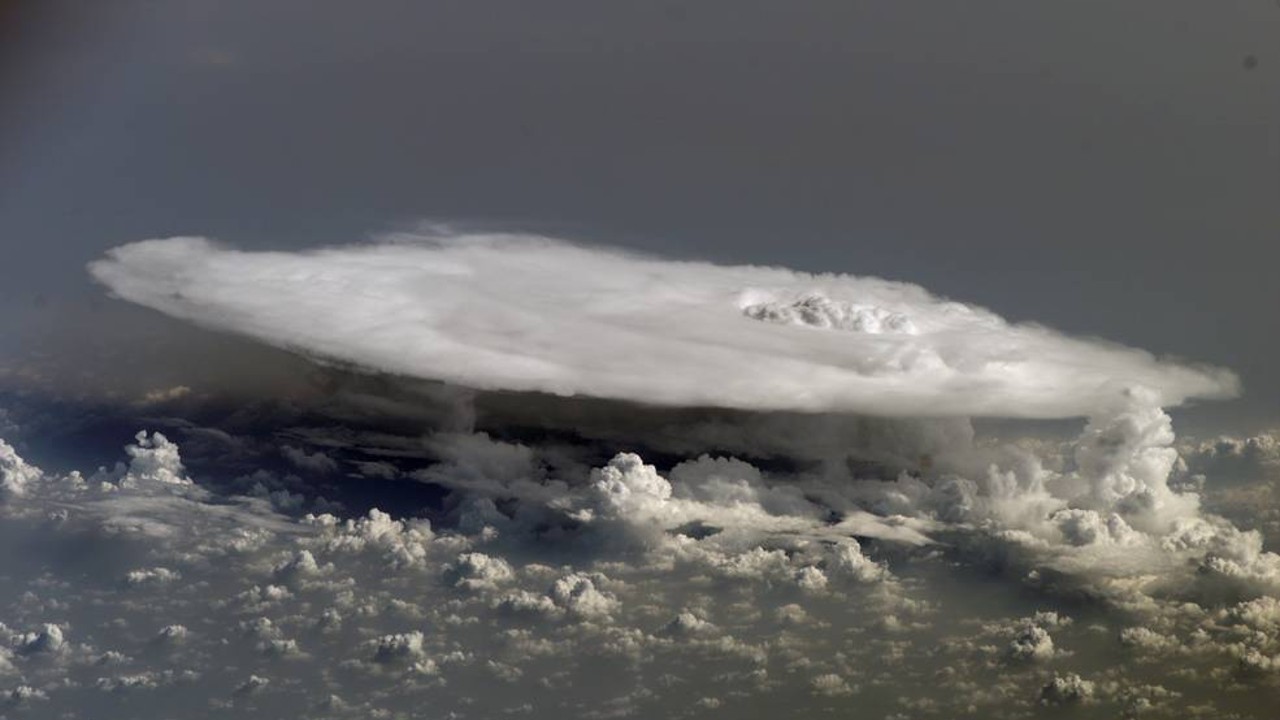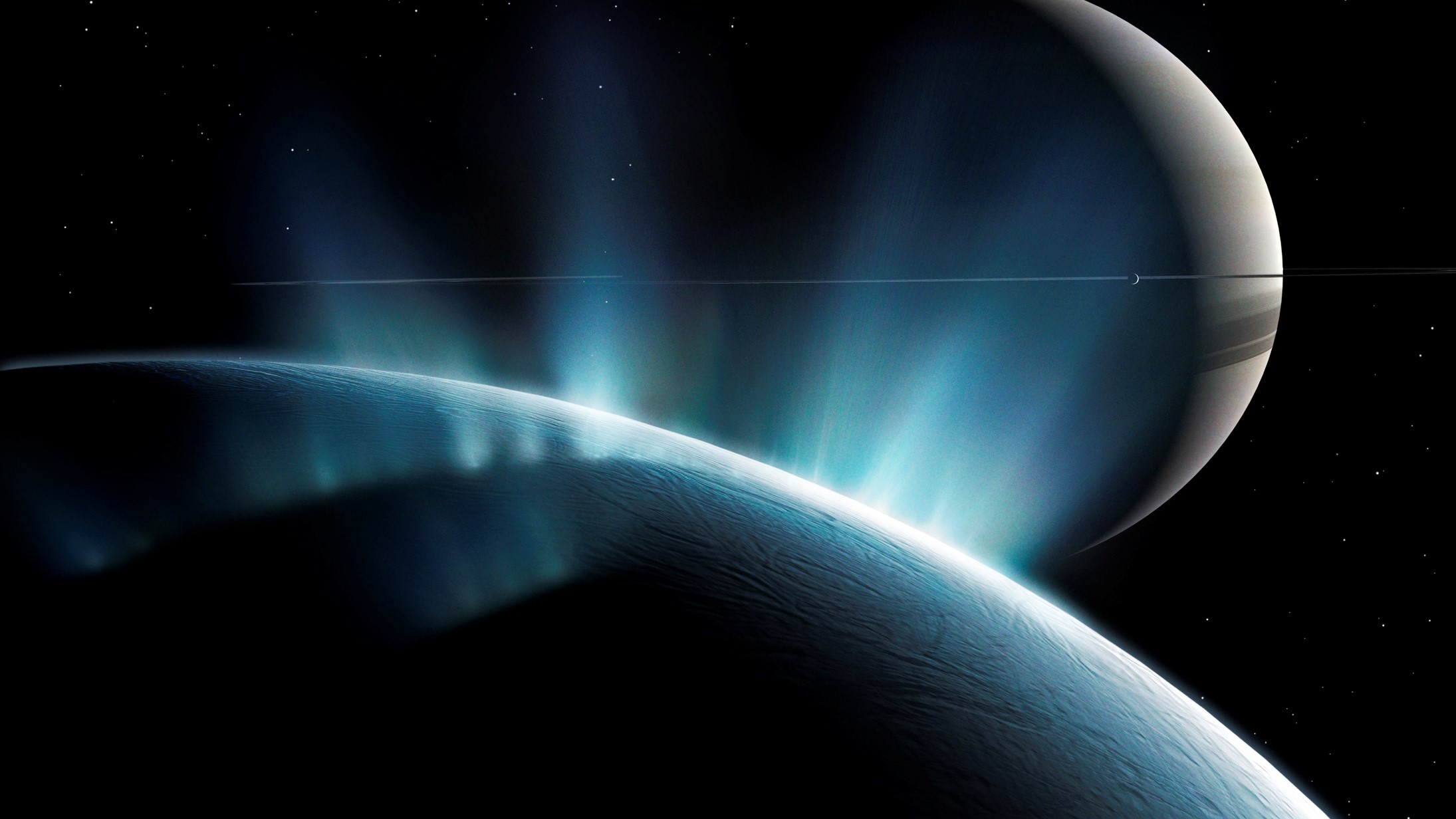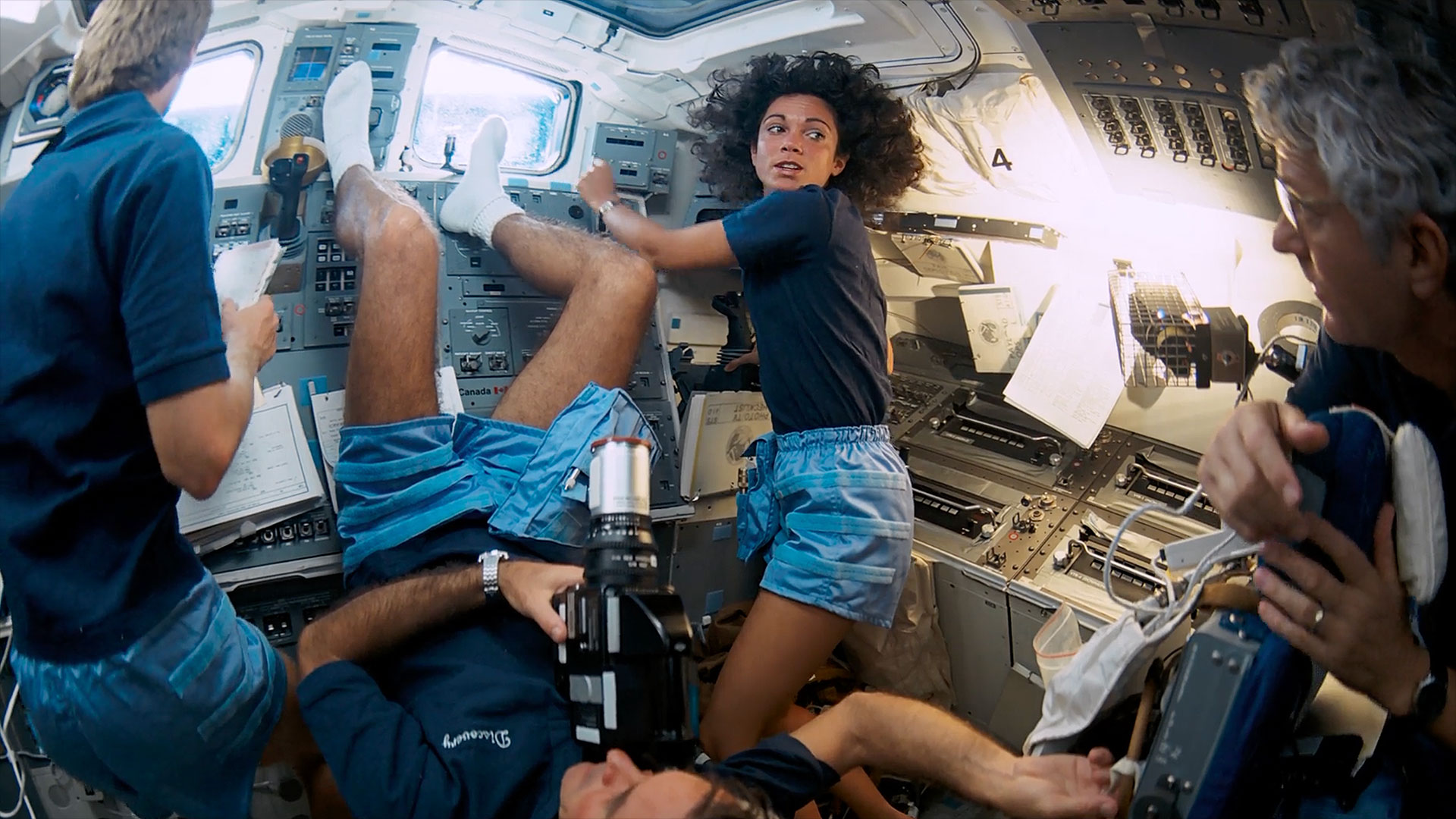
Rebecca Sohn
Rebecca Sohn is a freelance science writer. She writes about a variety of science, health and environmental topics, and is particularly interested in how science impacts people's lives. She has been an intern at CalMatters and STAT, as well as a science fellow at Mashable. Rebecca, a native of the Boston area, studied English literature and minored in music at Skidmore College in Upstate New York and later studied science journalism at New York University.
Latest articles by Rebecca Sohn
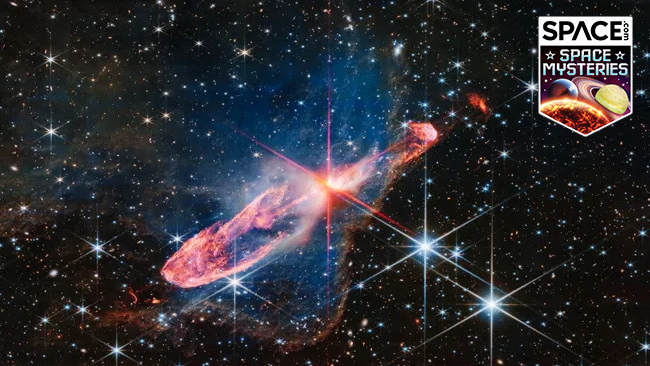
Are James Webb Space Telescope images really so colorful?
By Rebecca Sohn published
How do images taken by the James Webb Space Telescope (JWST) appear so colorful, and where do the colors come from?
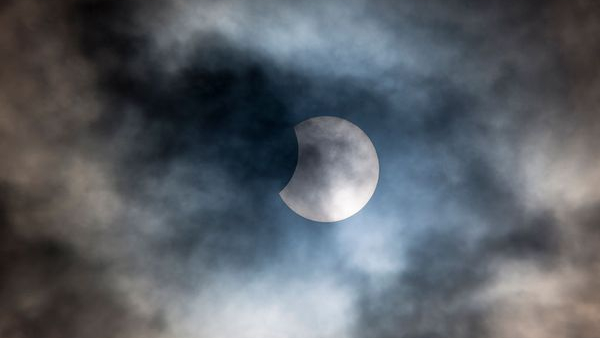
'You could feel the energy and wonder': Despite clouds, totality wows crowds during solar eclipse in Syracuse
By Rebecca Sohn published
The total solar eclipse on April 8 plunged Syracuse, New York's Milton J. Rubenstein Museum of Science & Technology into darkness for 90 seconds, creating a wondrous and memorable totality.
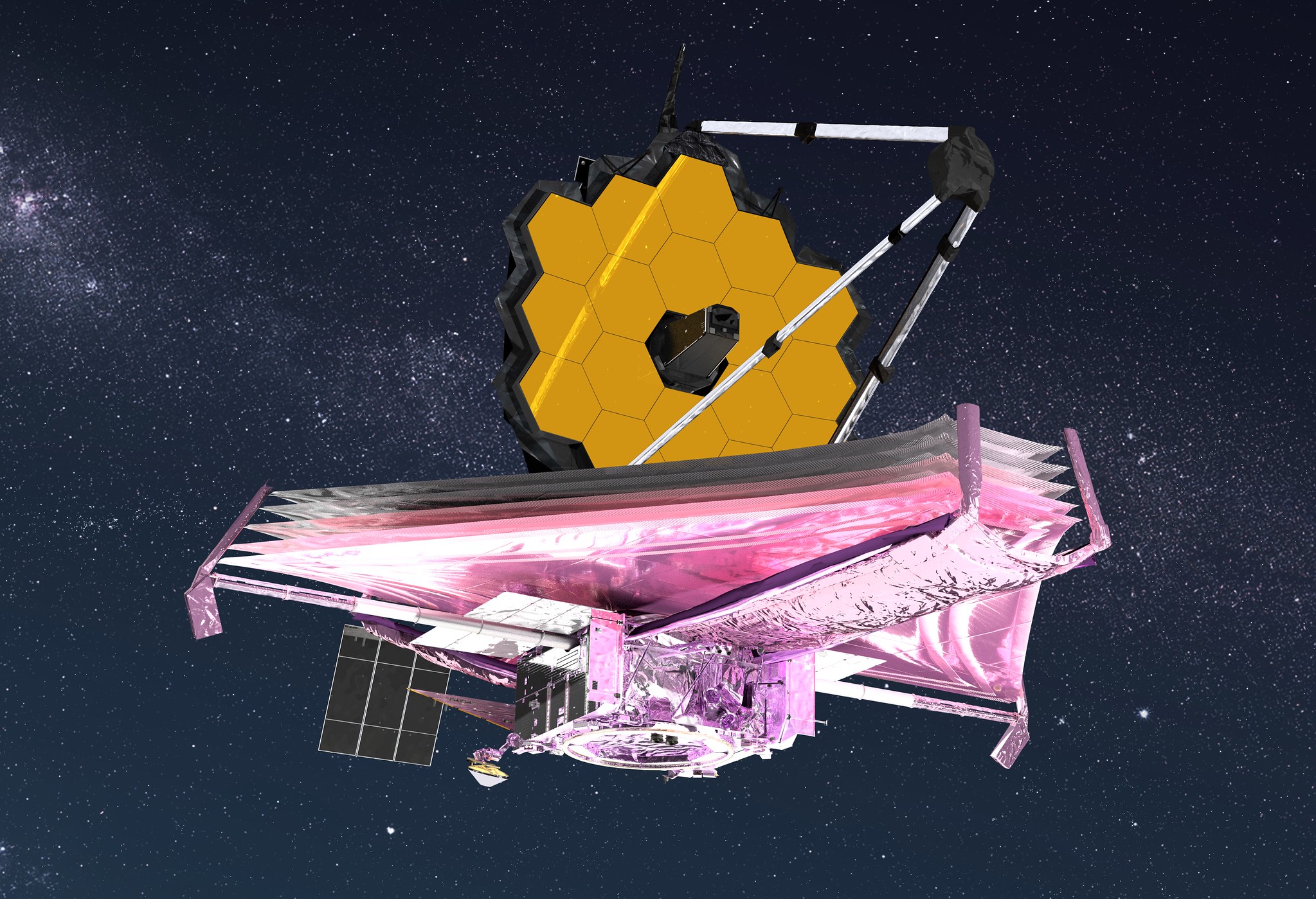
The James Webb Space Telescope has solved a lot of puzzles, and created a few more
By Rebecca Sohn published
Hosted by Neil deGrasse Tyson, the 2024 Isaac Asimov Memorial Debate surrounded the James Webb Space Telescope's scientific revolution.
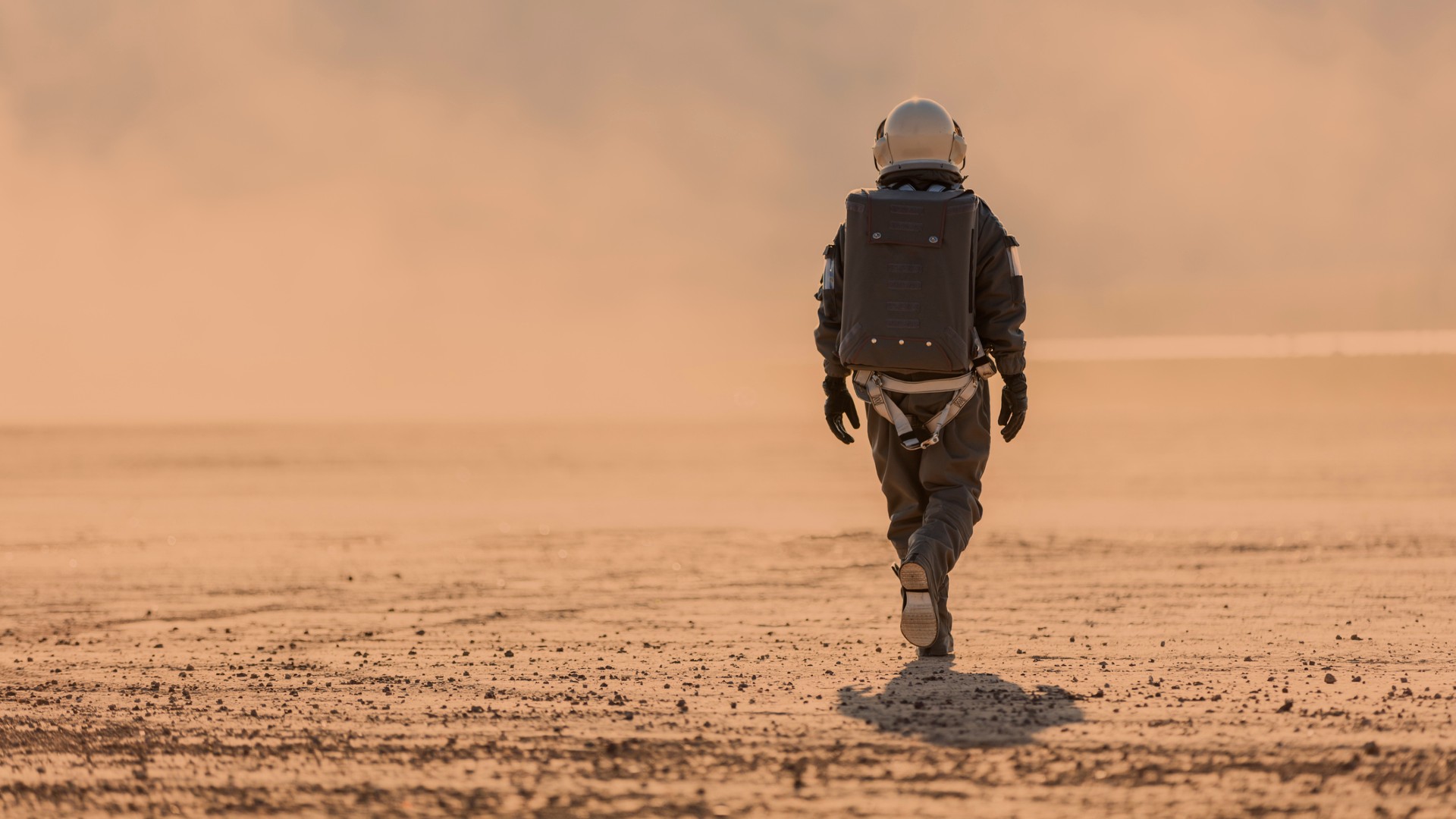
How long would it take to walk around Mars?
By Rebecca Sohn published
Space mysteries In this space mysteries piece we take a look at how long it would take to walk around Mars and what factors would affect journey time.
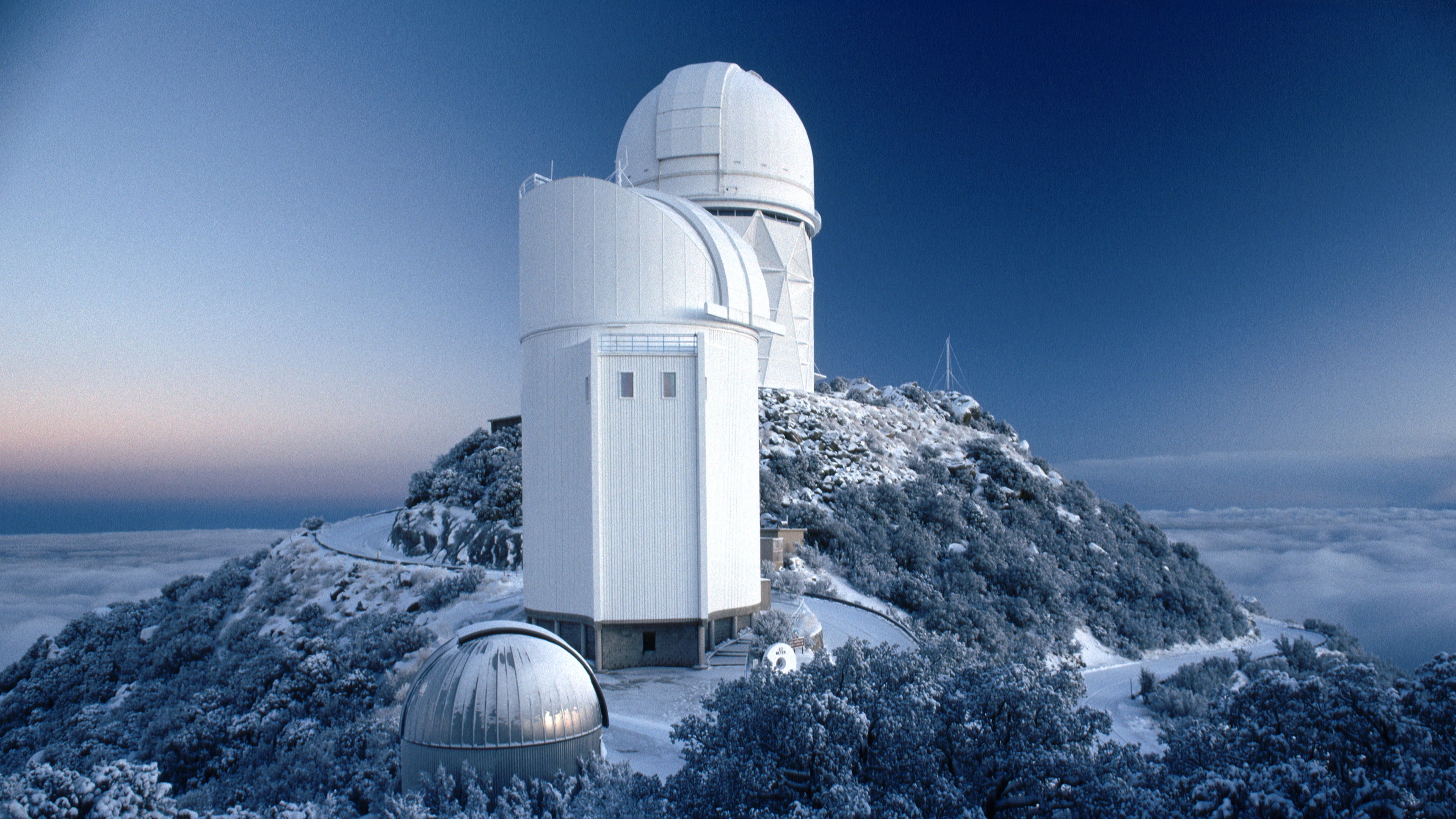
Kitt Peak National Observatory: Facts, research and visitor information
By Rebecca Sohn last updated
Kitt Peak National Observatory, located about 56 miles from Tucson, Arizona, boasts two dozen telescopes for professional research, plus an extensive menu of programs for public visitors.
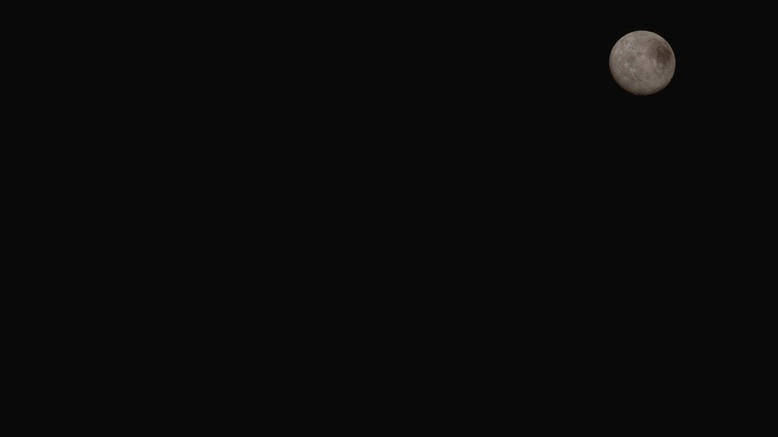
What is the smallest known planet?
By Rebecca Sohn published
Space mysteries Although Kepler 37-b has held the title of "smallest planet" for over a decade, it won't hold that designation forever.
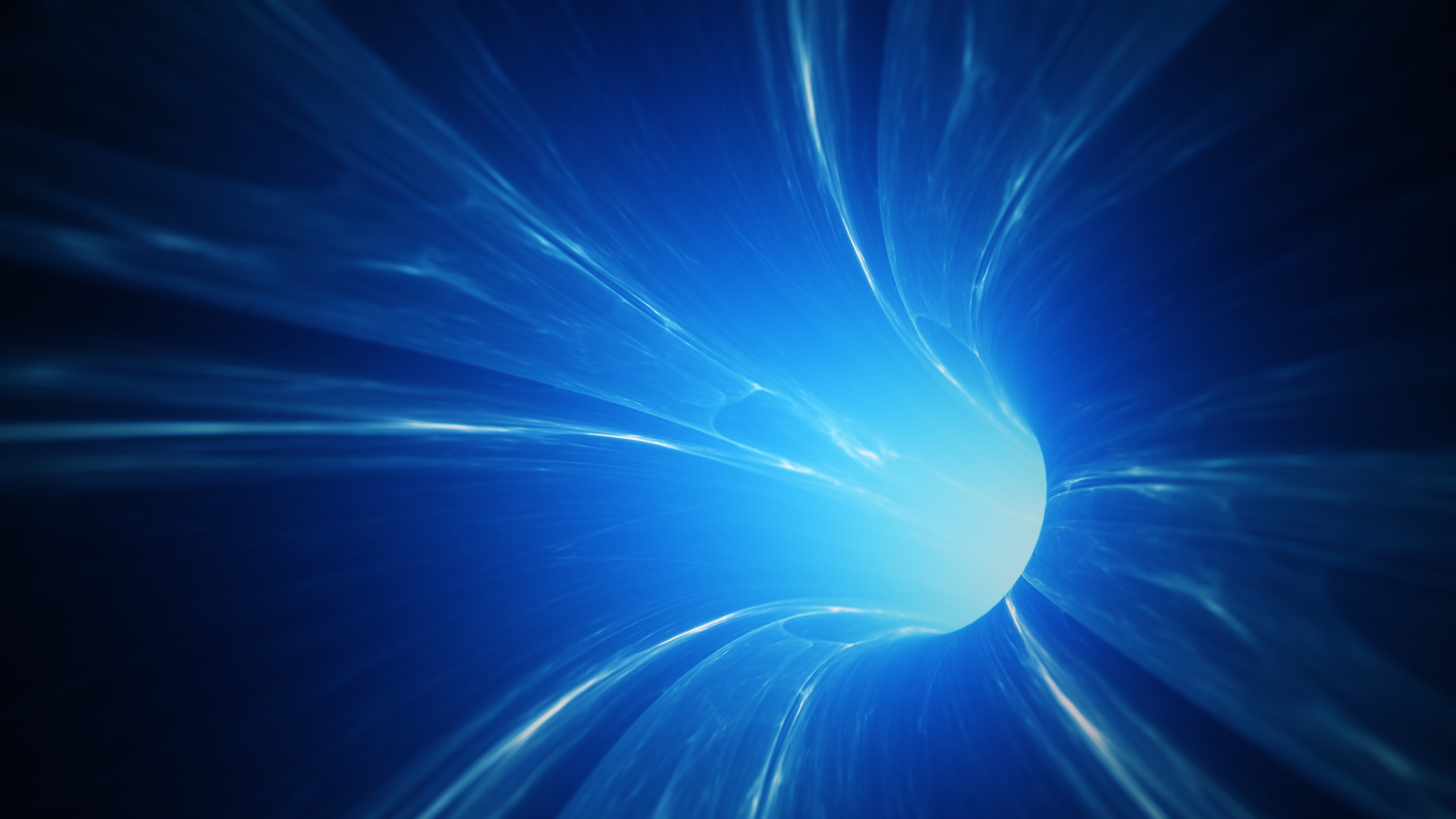
What are wormholes?
By Nola Taylor Tillman, Ailsa Harvey last updated
Reference The wormhole theory postulates that a theoretical passage through space-time could create shortcuts for long journeys across the universe.
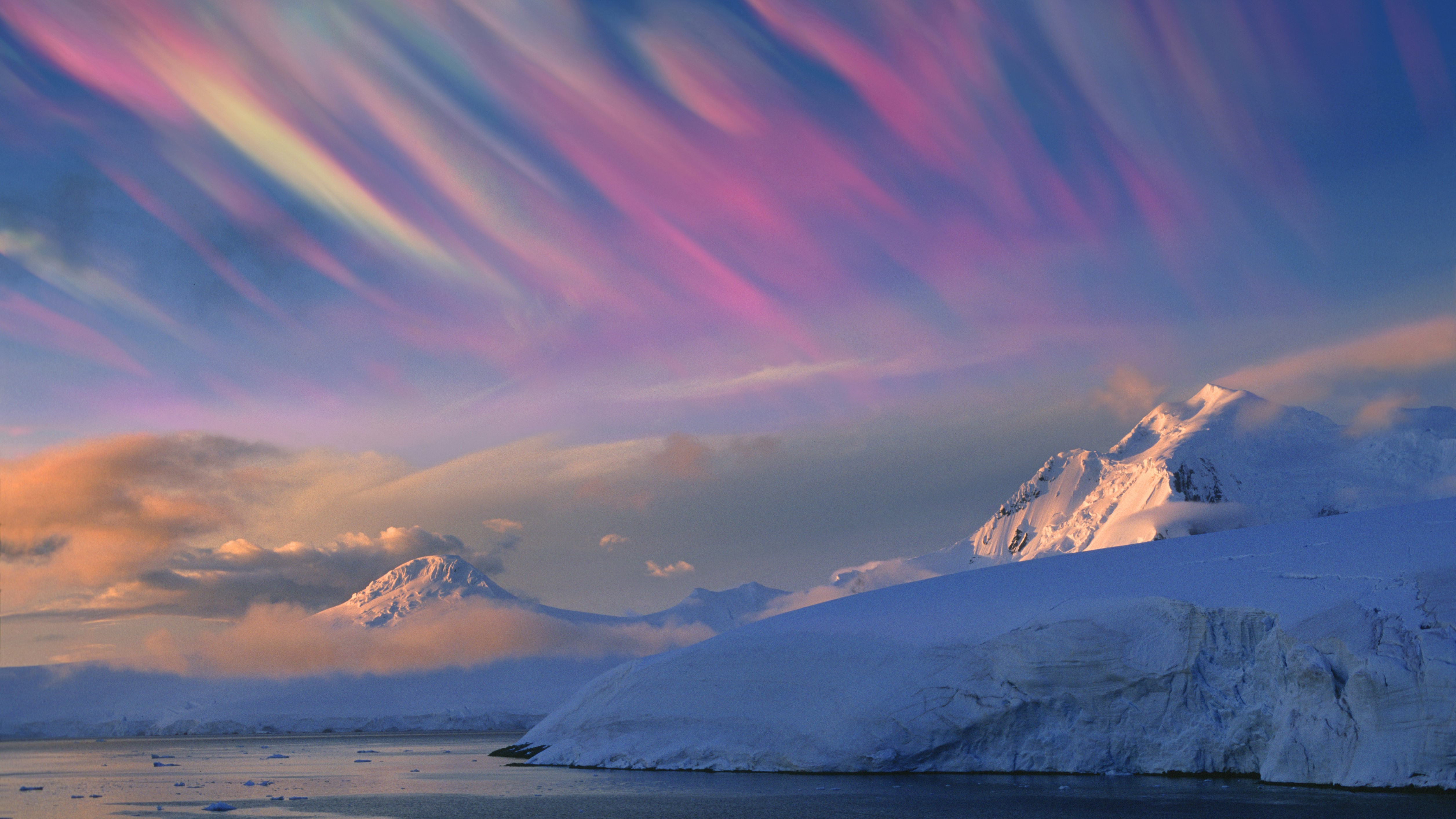
What are nacreous clouds?
By Rebecca Sohn published
Reference Learn more about nacreous clouds, also known as polar stratospheric clouds. We take a look at how these colorful clouds form and why they're so rare.
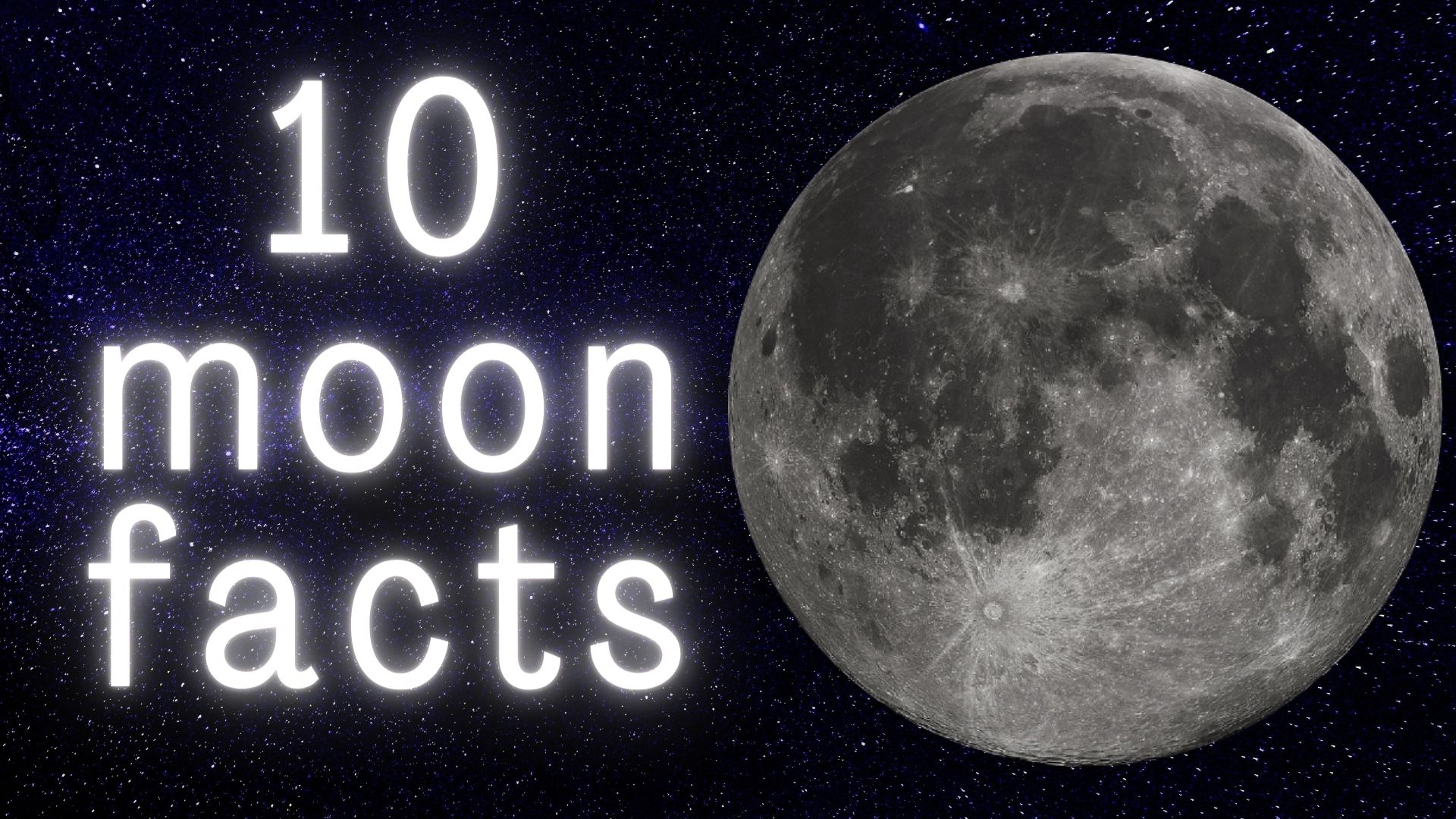
10 fascinating facts about the moon
By Rebecca Sohn last updated
If you thought you knew all there is to know about the moon, think again. Here are 10 cool facts about Earth's lunar neighbor.
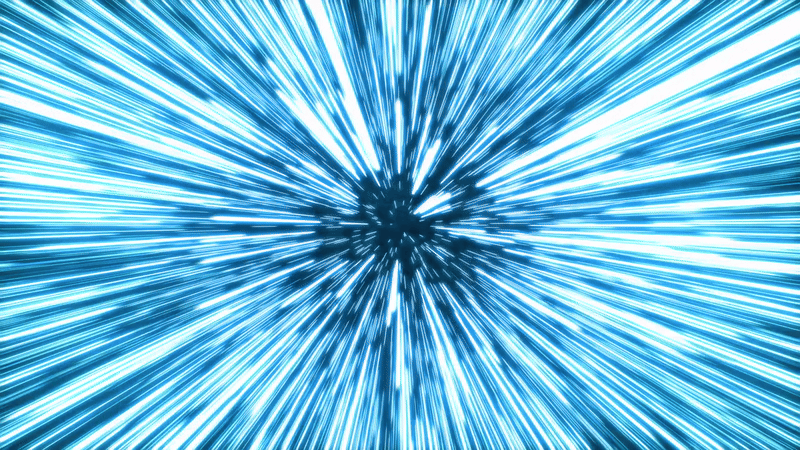
What would happen if you moved at the speed of light?
By Rebecca Sohn published
Space Mysteries We take a look at what would happen to the human body if it could travel at the speed of light.
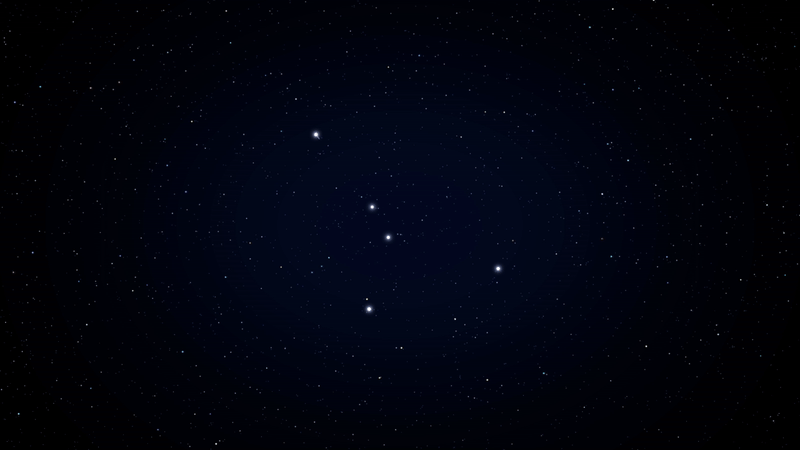
Cancer constellation: Facts about the crab in the zodiac
By Rebecca Sohn last updated
Reference Cancer the Crab is the dimmest constellation of the Zodiac yet it contains one of the brightest star clusters.
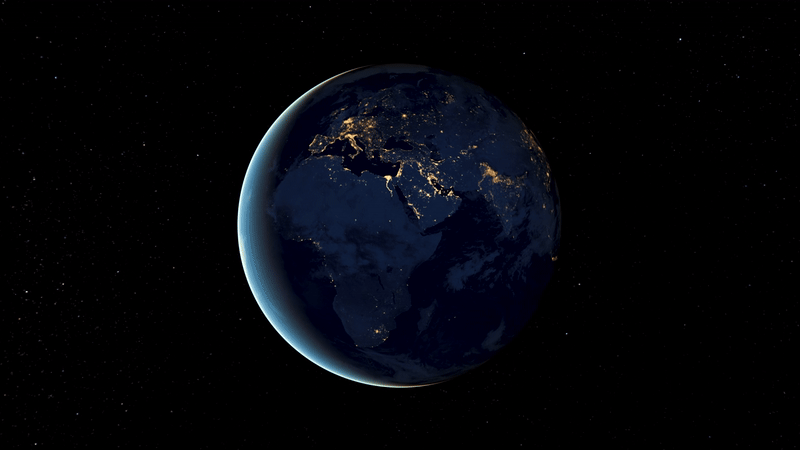
What would happen if Earth stopped spinning?
By Rebecca Sohn published
We can't feel Earth spinning and you probably take it for granted, but what would happen if it stopped spinning? We take a look at the disastrous impacts it would have.

Yuri Gagarin: Facts about the first human in space
By Rebecca Sohn last updated
Reference Yuri Gagarin was the first human in space when he orbited Earth in 1961 aboard the Vostok 1 space capsule.
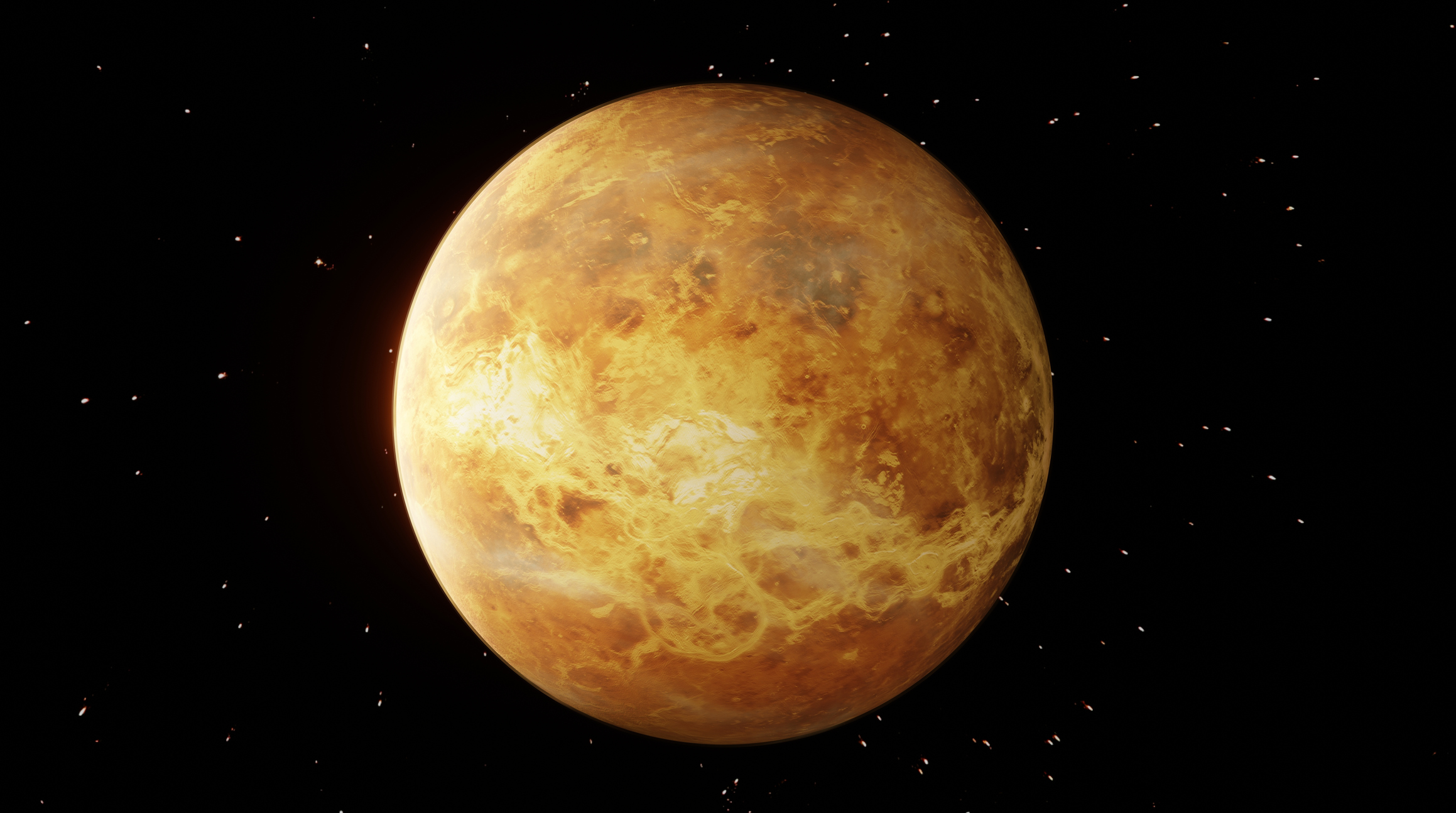
Venus' atmosphere: Composition, clouds and weather
By Rebecca Sohn last updated
Reference The atmosphere of Venus is thick with clouds of carbon dioxide and has led to an extreme version of the same greenhouse effect currently causing climate change on Earth.
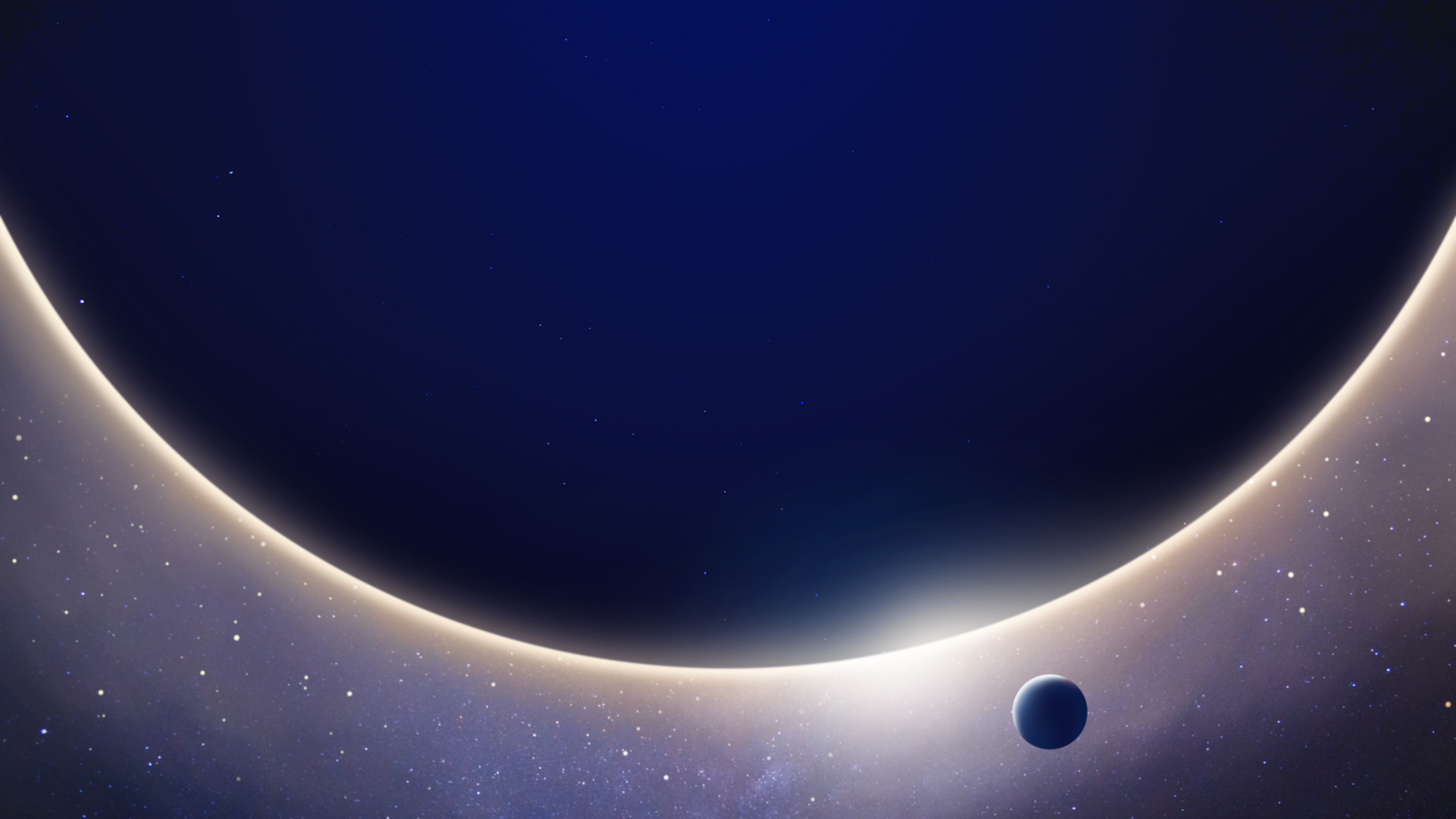
What is the biggest planet ever found?
By Rebecca Sohn published
space mysteries In this space mysteries piece, we investigate the giants of our universe in search of the biggest planet. It might surprise you that there's more than one candidate.
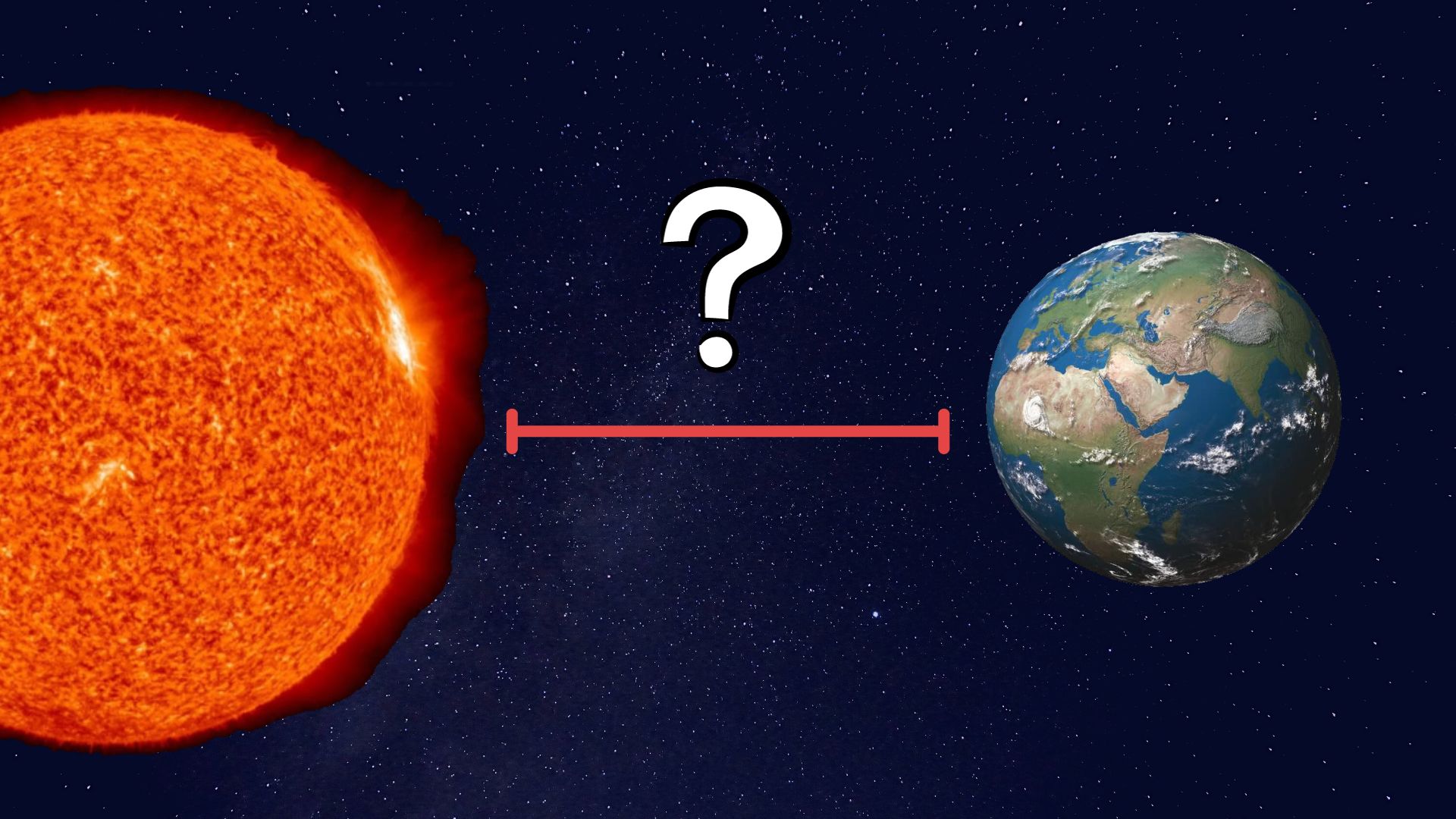
Astronomical Unit: How far away is the sun?
By Rebecca Sohn, Doris Elin Urrutia last updated
Reference Earth's distance from the sun averages about 93 million miles (150 million km), which scientists also call one astronomical unit (1 AU).
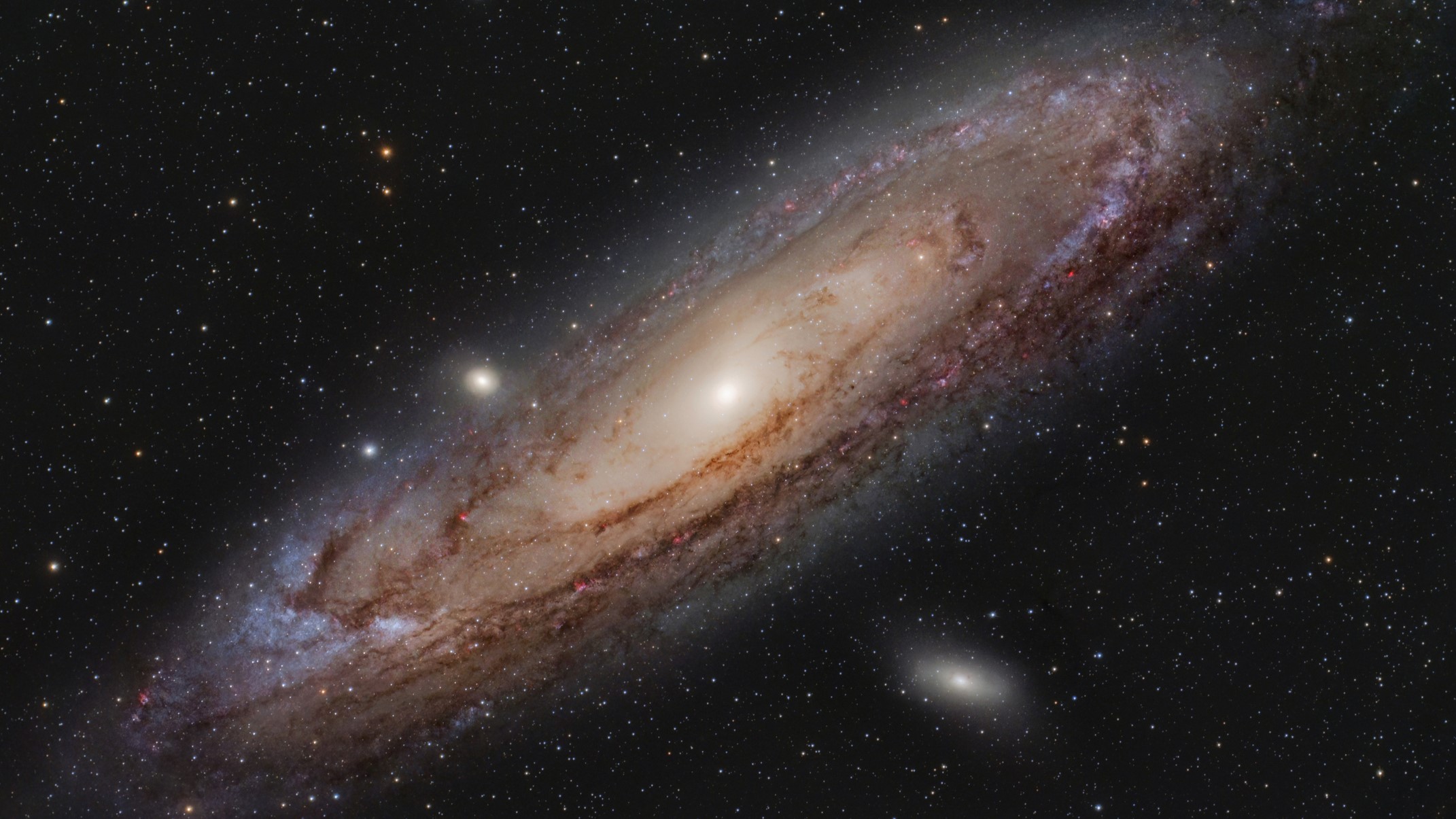
Andromeda Galaxy: Facts about our closest galactic neighbor
By Nola Taylor Tillman, Rebecca Sohn last updated
Reference The Andromeda galaxy is the most distant object in the sky that you can see with your unaided eye. It's also on a collision course with our Milky Way.
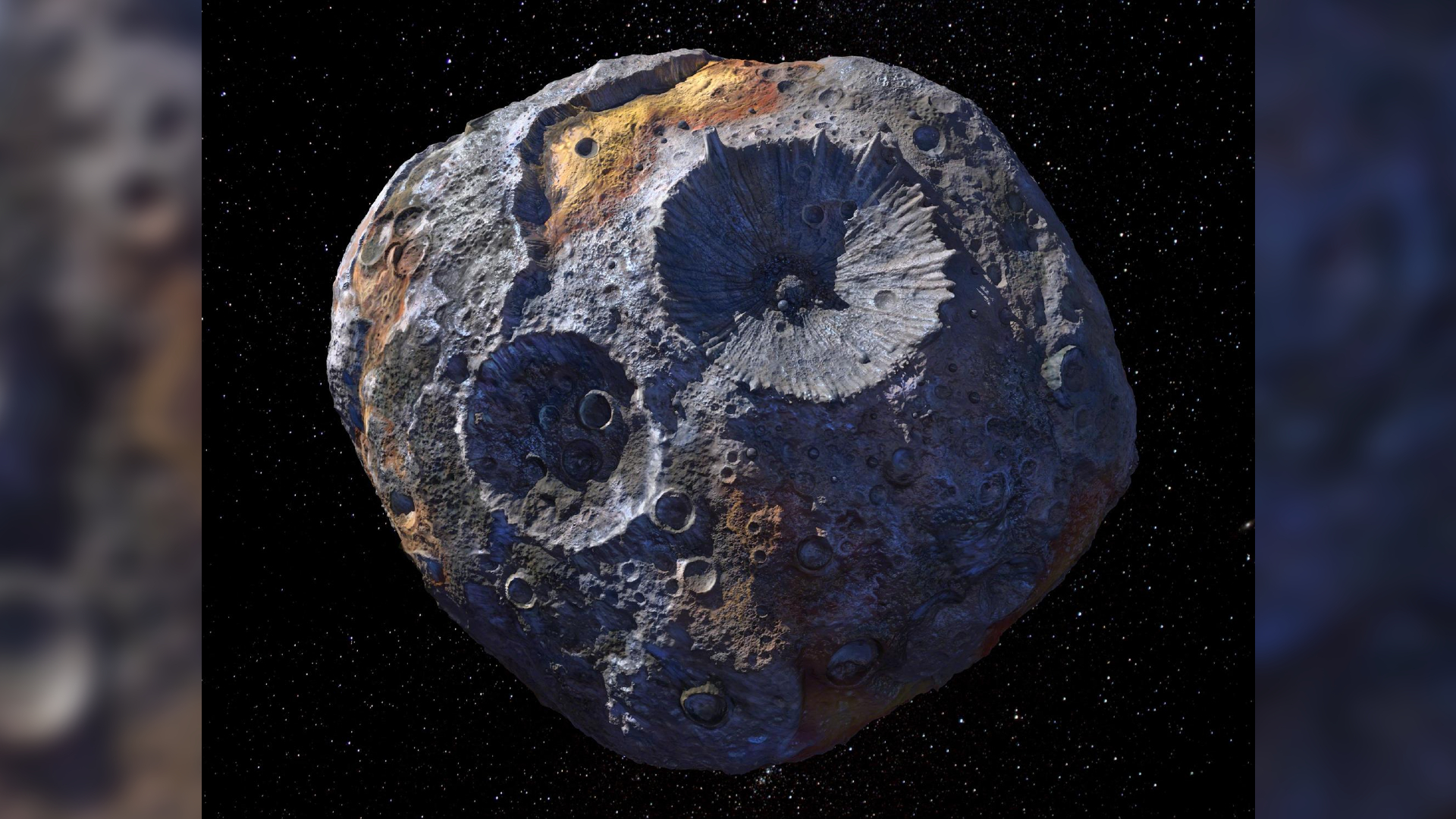
Metal asteroid Psyche has a ridiculously high 'value.' But what does that even mean?
By Rebecca Sohn published
NASA's upcoming Psyche mission could be incredibly valuable — not only for planetary science but also for the budding asteroid mining industry.
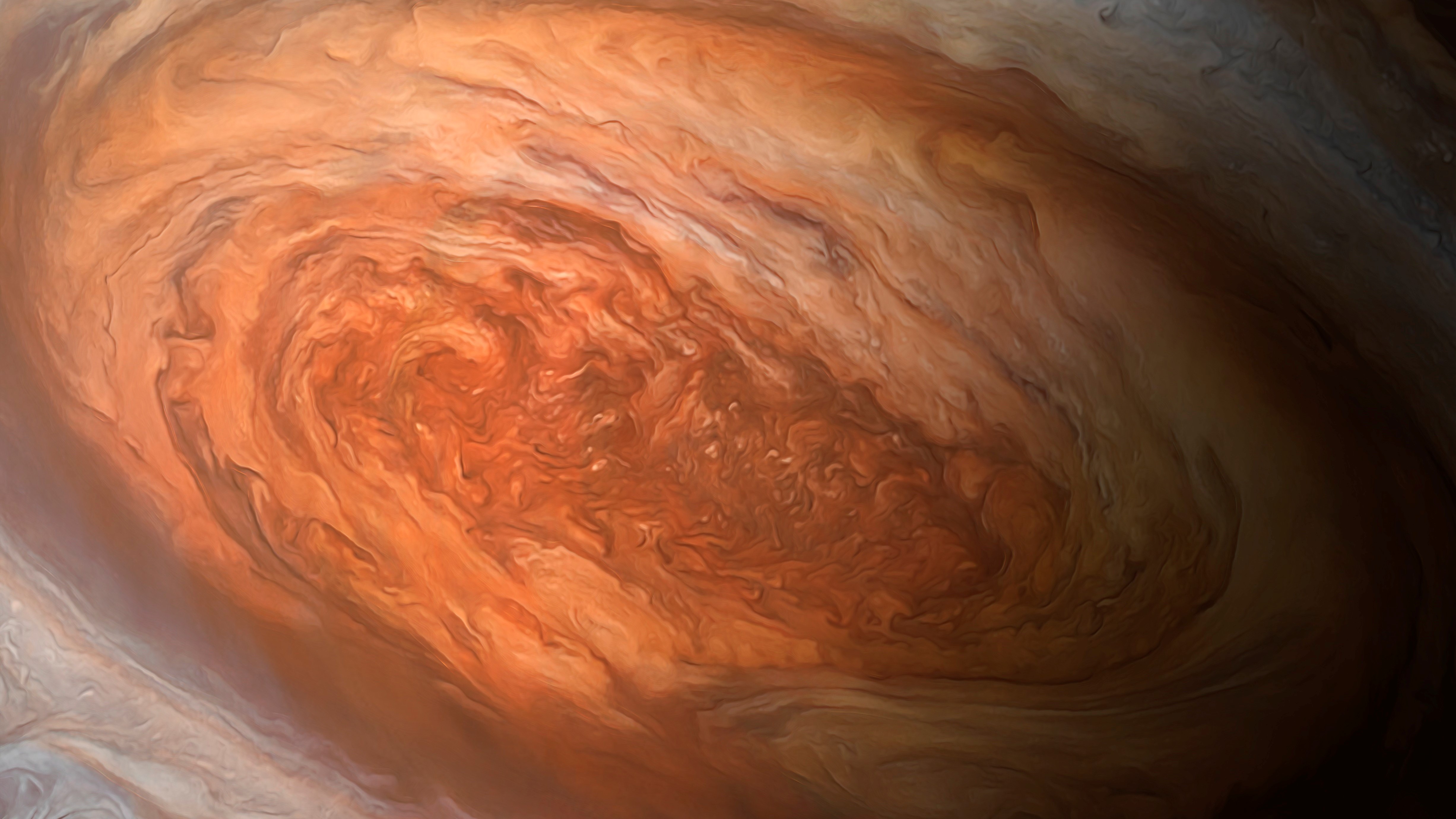
Jupiter's Great Red Spot: Everything you need to know
By Rebecca Sohn last updated
Reference Jupiter's Great Red Spot is the largest storm in the solar system and has been raging for hundreds of years. We explore the phenomenon in more detail here.
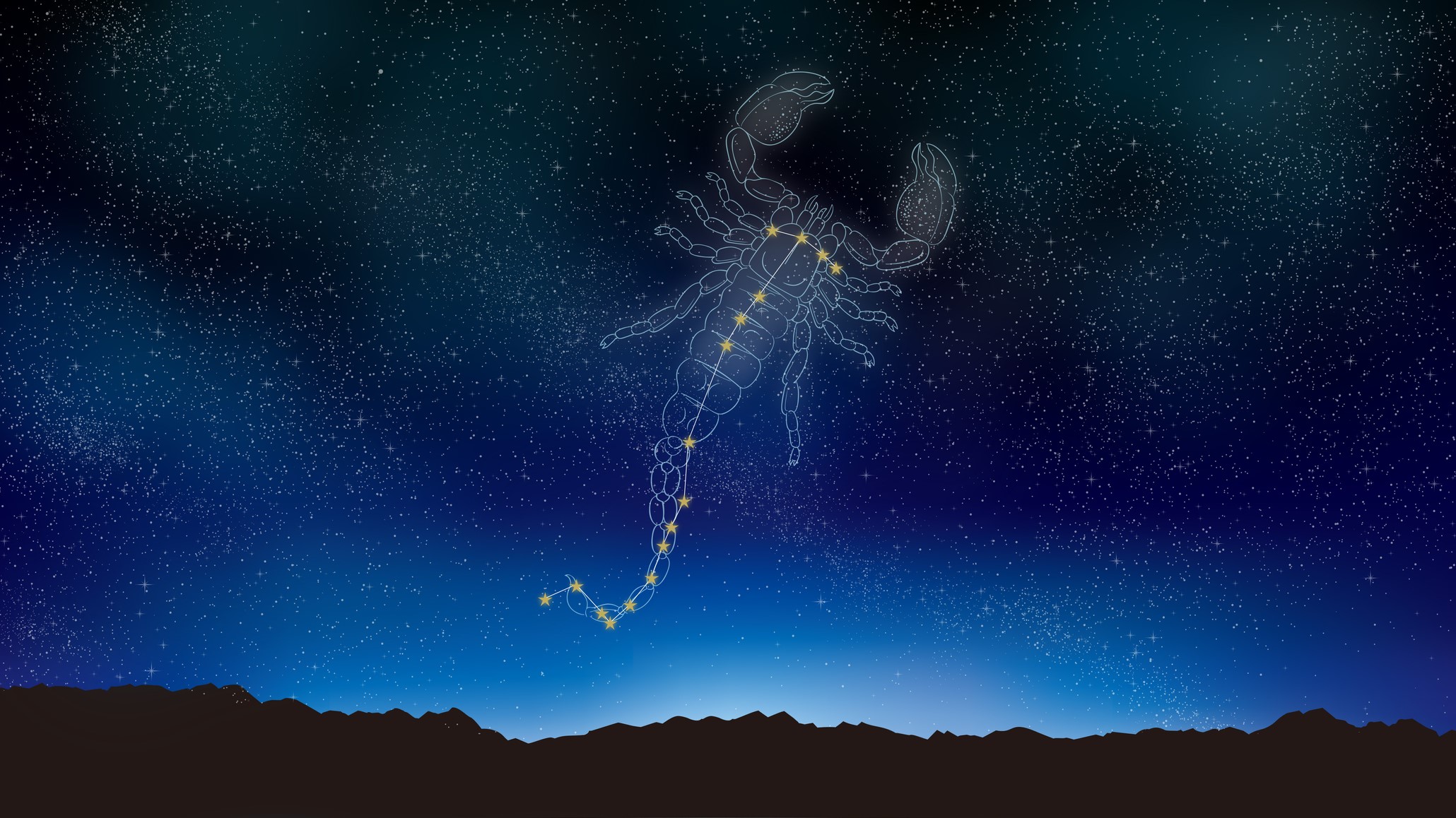
Scorpius constellation: Facts about the Scorpion
By Rebecca Sohn, Kim Ann Zimmermann last updated
Reference The Scorpius constellation is one of the 13 zodiac constellations and one of the brightest constellations in the sky. We explore the Scorpion in more detail here.
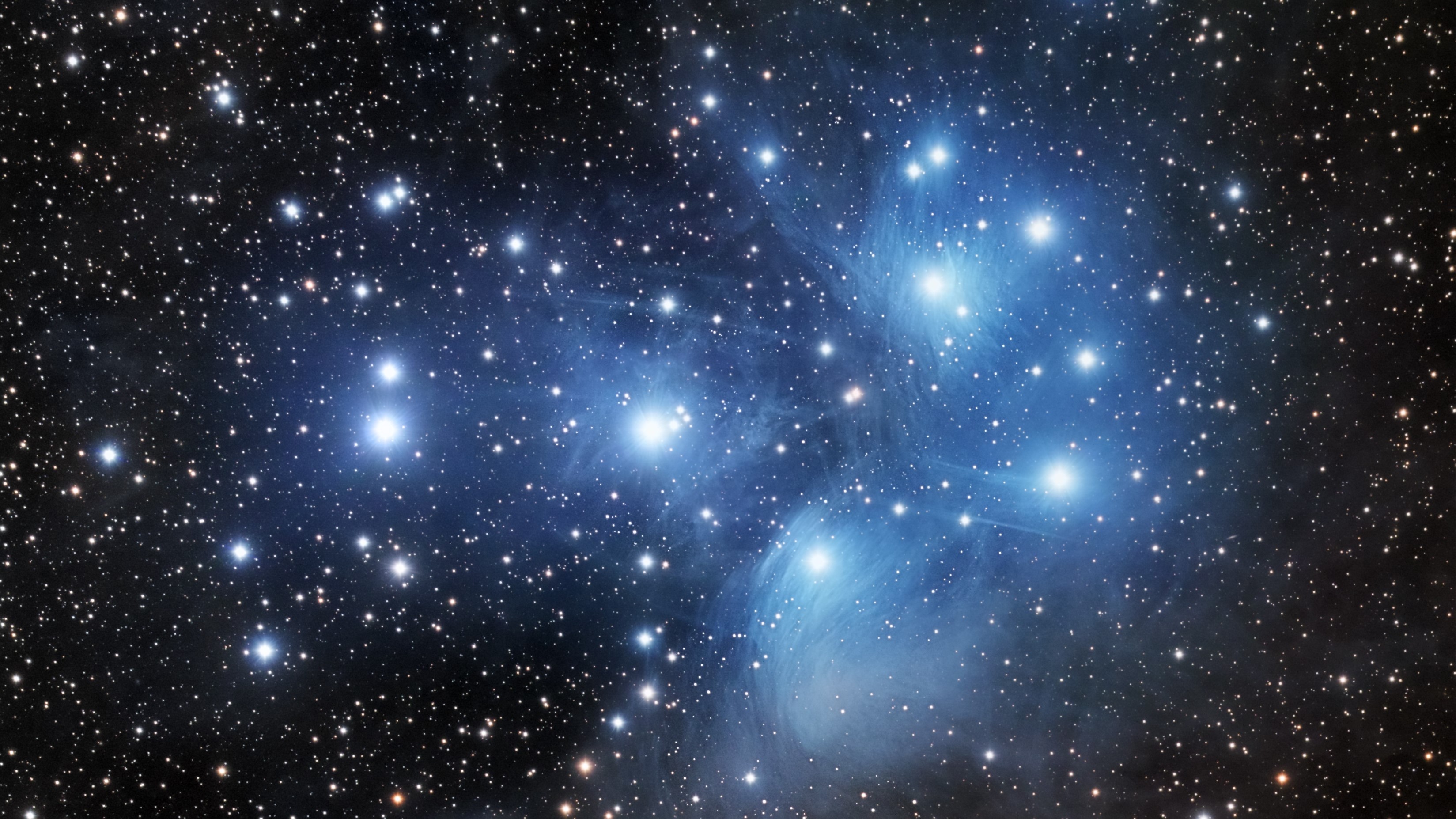
The Pleiades: Facts about the "Seven Sisters" star cluster
By Rebecca Sohn, Adam Mann last updated
Reference The Pleiades is a bright star cluster and a popular skywatching target. We take a look at where it is located and the mythology behind the famous asterism.
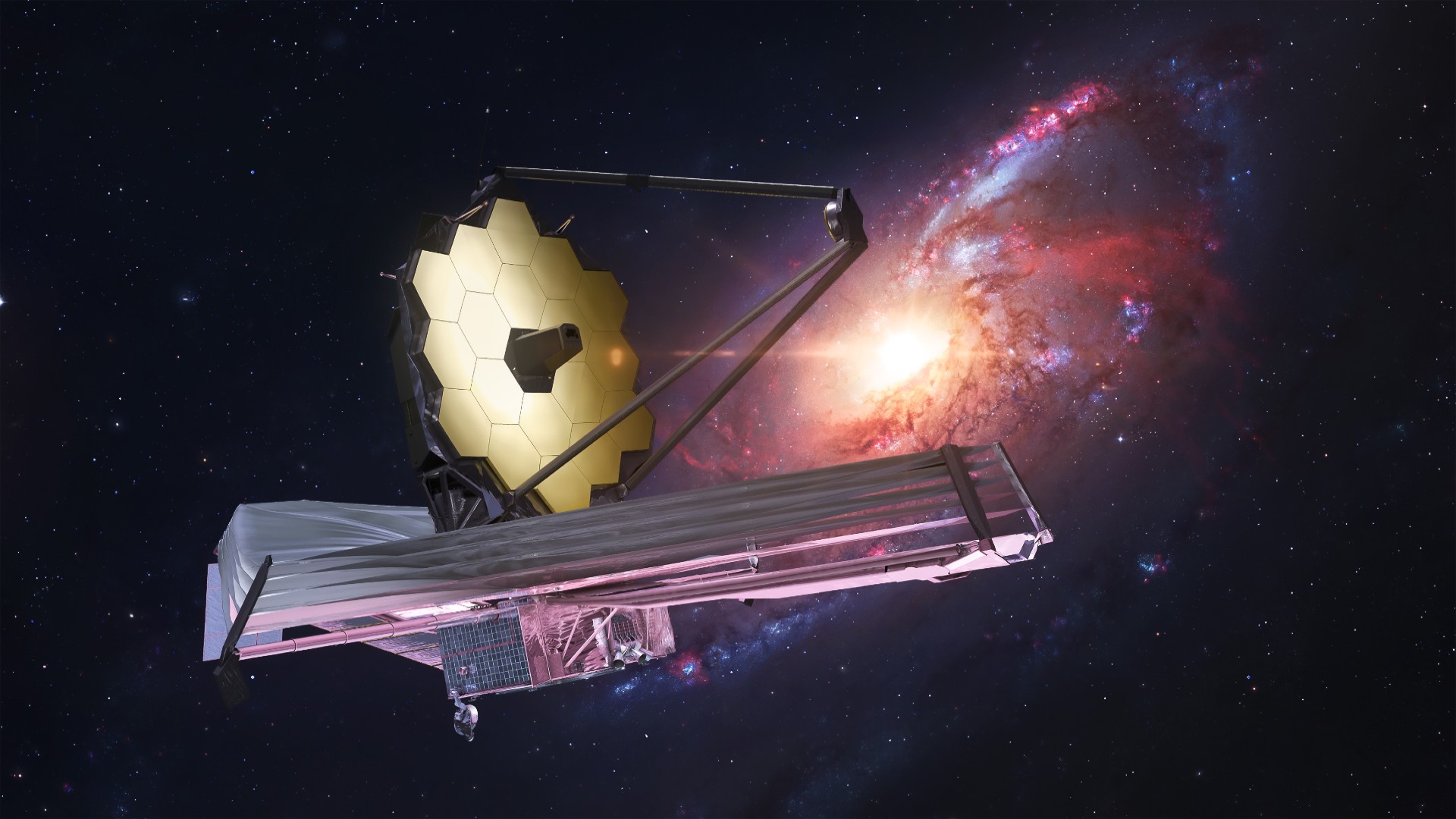
The James Webb Space Telescope wraps 1st year peering across the universe. What has it discovered so far?
By Rebecca Sohn published
Here is what the James Webb Space Telescope has been up to in its first year, and what might be next for the telescope that is already revolutionizing our understanding of the cosmos.

Boötes constellation: Location, stars and mythology
By Tim Childers, Rebecca Sohn last updated
Refrence Boötes is a constellation in the northern hemisphere containing one of the brightest stars in the night sky, Arcturus.
Get the Space.com Newsletter
Breaking space news, the latest updates on rocket launches, skywatching events and more!
